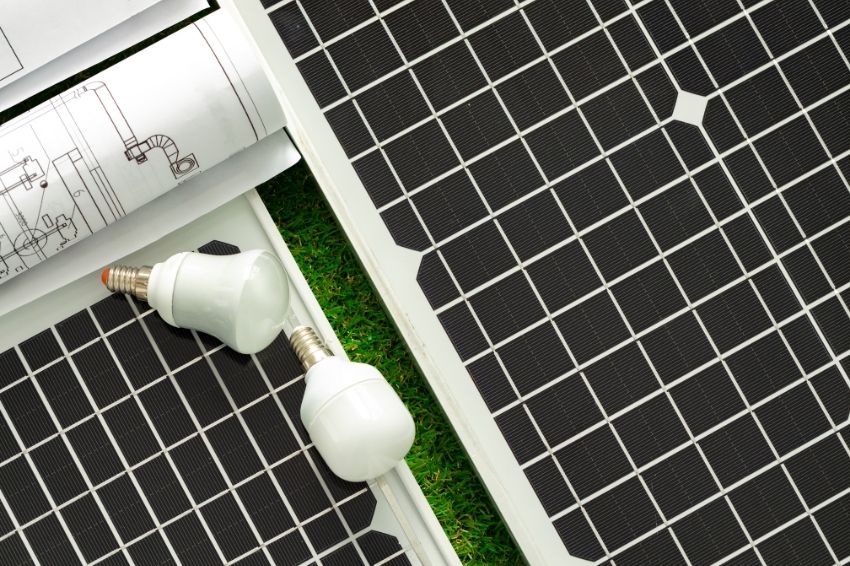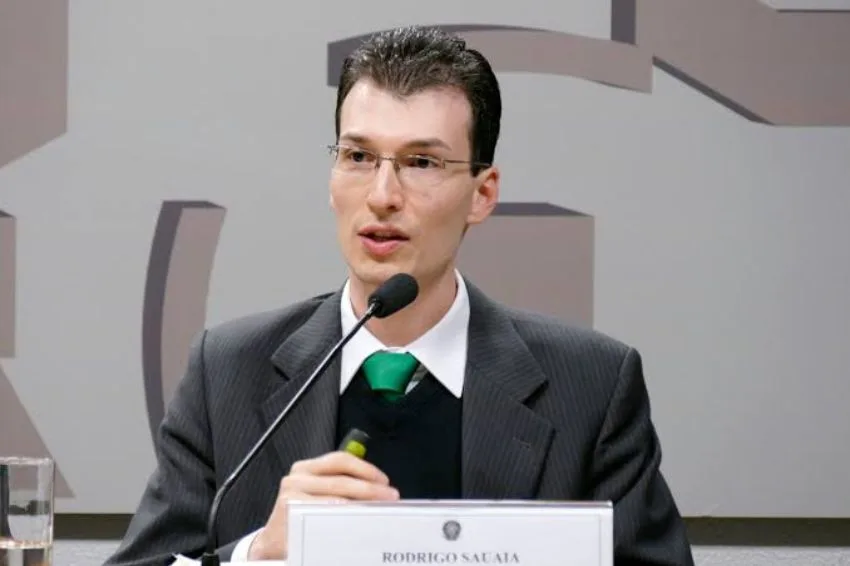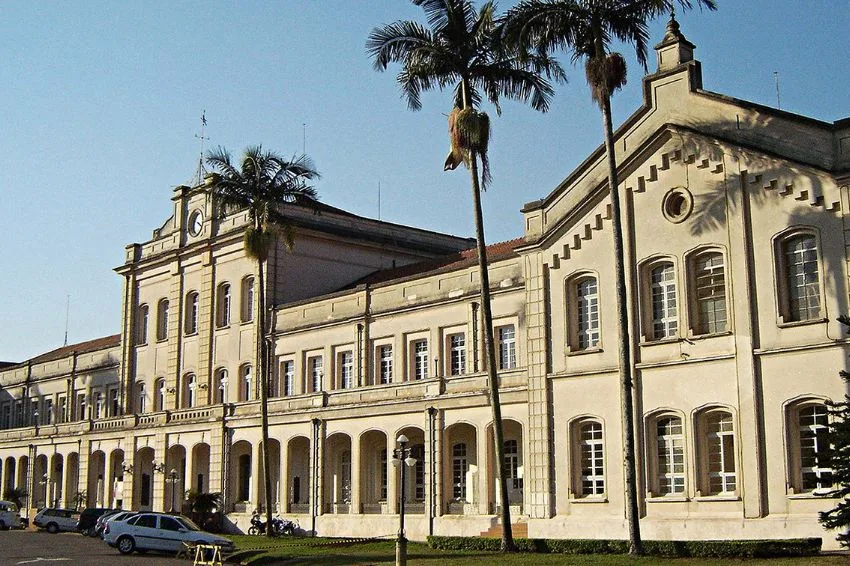Self-production energy projects have evolved a lot and are becoming a very interesting product as they manage to reconcile several interests.
This is the analysis of Pedro Dante, partner in the energy and infrastructure area of Lefosse Lawyers. According to the expert, such programs primarily benefit the consumer who, by generating their own electricity, receives reductions in sectoral charges.
“So, with the increase in energy costs, it ends up being an essential strategy to mitigate financial impacts”, highlighted Dante.
According to him, this type of project also reconciles the generator's desire, which is able to sell long-term energy. “Given the high price of these projects, the generator needs to sell electricity, it needs to have a long-term PPA”, he explained.
“Furthermore, consumer interest has managed to make the projects bankable. As a result, financial institutions have understood this product as safe, with these self-production structures, and are releasing financial resources for the construction of solar and wind farms”, he emphasized.
“The trend, due to the increase in the cost of energy in the coming years, is that self-production of energy is a solution that we continue to see with great adherence in the market”, he concluded.
'I've never seen self-production so prominently'
Bernardo Marangon, specialist in electrical energy markets and director of Exact Energy, commented that self-production is a regulation that has existed for a long time. “The last one was in 2007 and, since then, I had never seen this segment so prominently.”
This happens, according to him, because in the past the expansion of generation was carried out through regulated auctions and, as the demand for energy from distributors fell significantly and competition from renewable projects grew, such auctions began to have very low prices.
“Then, developers and generation investors sought the free market as a solution to make projects viable and self-production ended up becoming an interesting path for the business”, he explained.
Furthermore, the executive highlighted that the union between the generator, project developer and the energy consumer is interesting. "Why? For the generator, as the consumer will benefit from generating their own energy, you will eventually be able to transact this electricity at a higher price than the market.”
“And for the consumer, if this price increase is not greater than the benefit he has in the unit that will consume the energy, he continues to have a more competitive price”, added Marangon.
Regarding risks, the director of Exata said that the generator has the point mentioned by Pedro Dante, which is a long-term PPA. “This gives more predictability in relation to cash flow.”
“And on the consumer side, a partnership is made with someone who already knows this segment of electricity generation. So, he is not responsible for the development or construction of the project”, he reported.
Finally, he highlighted that self-production for the consumer is super interesting because, precisely, it has the PPA in the long term, it has the benefit of reducing the connection cost. “And, normally, these projects are structured with renewables”.
“This way, it ends up reducing carbon footprints. This is very positive for the company, which ends up improving from a sustainability point of view”, he concluded.
















